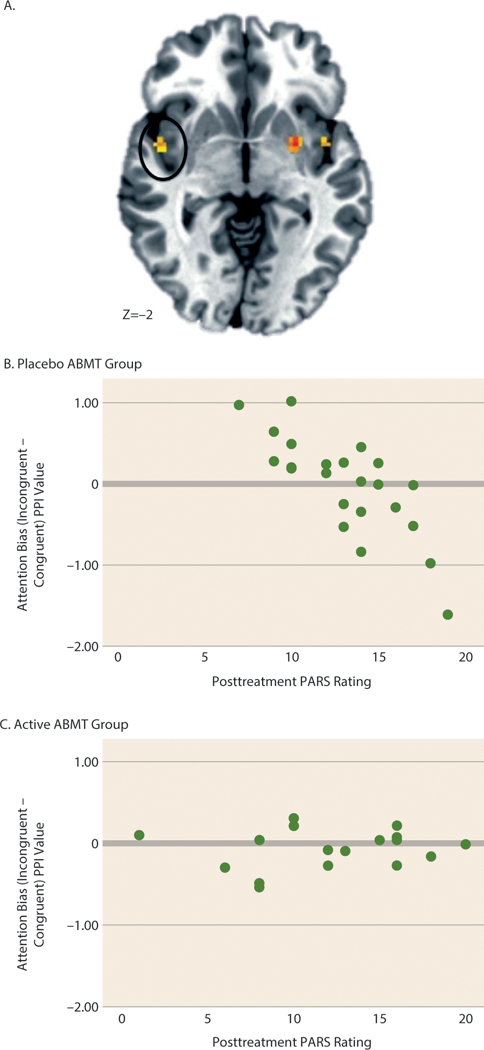FIGURE 6. Amygdala-Insula Connectivity on a Dot-Probe Task Related to ABMT-Specific Treatment Response in Youths With Pediatric Anxietya.

a Whole brain random-effects analyses controlling for baseline Pediatric Anxiety Rating Scale (PARS) ratings indicated anattention bias modification therapy (ABMT) group (active, placebo)-by-condition (congruent, incongruent, neutral)-by-posttreatment PARS ratings interaction for connectivity between the right amygdala and insula (panel A; the image is displayed in radiological convention [left=right]; cluster size=615 mm3, peak activation=45, 0, 24). To probe the interaction, correlations between posttreatment PARS ratings and the attention bias contrast (incongruent – congruent) were examined for each of the ABMT groups. The scatterplots in panels B and C show the association between posttreatment PARS rating and attention bias contrast for the placebo ABMTgroup (r=20.78, p,0.001) and the active ABMT group (r=0.15, n.s.). PPI=psychophysiological interaction
